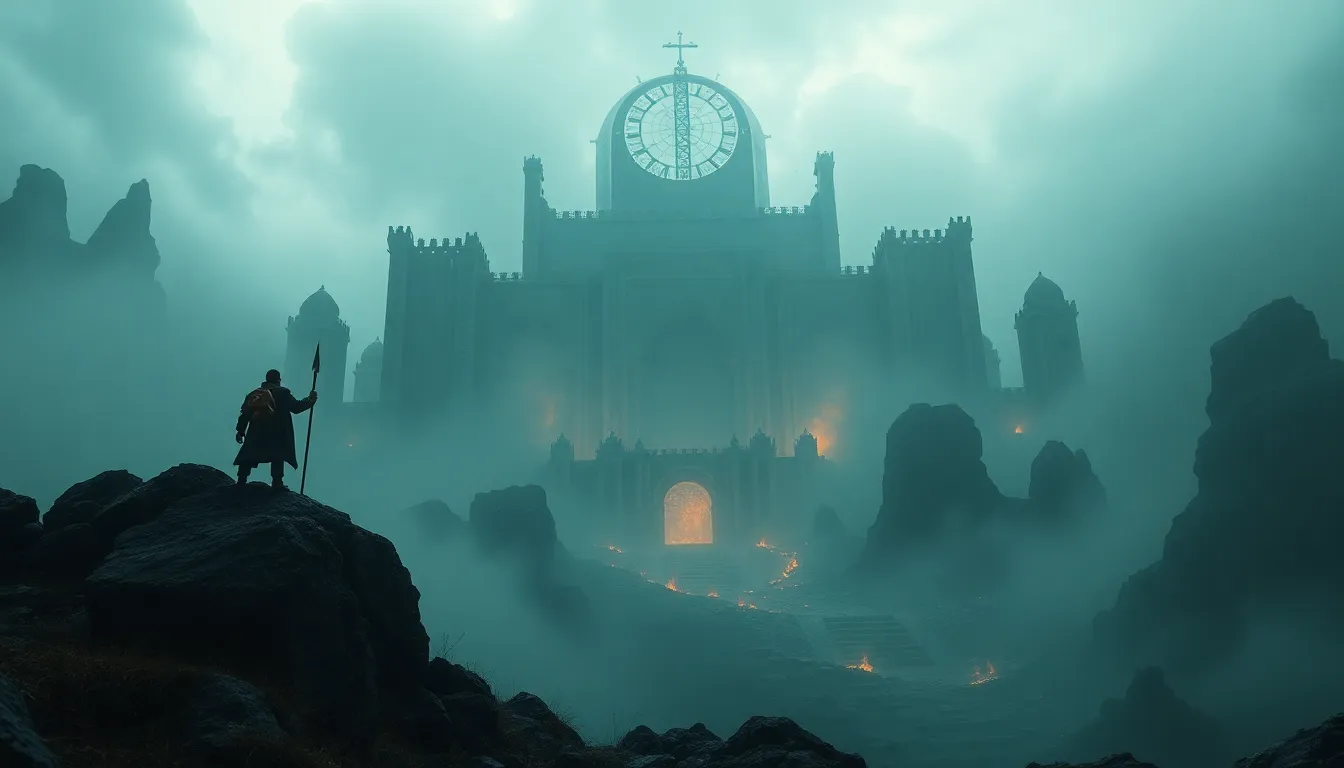1. Introduction: Exploring the Interwoven Threads of Finnish Mythology and Crafts
Finnish mythology, a rich tapestry of ancient beliefs, has left an enduring mark on the nation's traditional crafts. From the intricate carvings adorning wooden utensils to the vibrant patterns woven into textiles, the influence of myths and legends permeates Finnish craftsmanship. This profound connection has shaped the very essence of Finnish art, imbuing it with a sense of history, spirituality, and cultural identity.
2. The Realm of the Kalevala: A Poetic Tapestry of Myth and Inspiration
The Kalevala, Finland's national epic, stands as a pivotal source of inspiration for traditional crafts. This ancient poem, compiled in the 19th century by Elias Lönnrot, weaves together a captivating narrative of Finnish mythology, featuring a cast of gods, heroes, and mythical creatures. The epic's vivid imagery and symbolism have profoundly influenced the designs and motifs employed in Finnish crafts, providing a rich wellspring of creative inspiration.
3. The Forest and Its Spirits: Nature’s Whispers in Carvings and Textiles
The Finnish forest, with its towering trees and mysterious depths, holds a special place in the nation's mythology. It is believed to be inhabited by a multitude of spirits, both benevolent and malevolent. These forest beings have found their way into Finnish crafts, appearing as intricate carvings on wooden utensils and as woven patterns in textiles. Their presence serves as a reminder of the interconnectedness between humans and the natural world.
4. Symbology and Rituals: The Meaning Woven into Patterns and Objects
Finnish crafts are not merely decorative; they carry deep symbolic meanings and are often associated with specific rituals and beliefs. Patterns woven into textiles, for example, may represent protective symbols or evoke ancient myths. Similarly, carvings on wooden objects may depict scenes from Finnish mythology or serve as talismans against evil spirits. Understanding the symbolism embedded in Finnish crafts provides a deeper appreciation of their cultural significance.
5. The Smith’s Forge: Iron Magic and the Influence of Väinämöinen
In Finnish mythology, the blacksmith Ilmarinen is a master craftsman, known for his skill in forging magical objects. His forge is said to be located in the depths of the forest, where he uses his supernatural powers to create wondrous artifacts. The influence of Ilmarinen and his forge can be seen in the ironwork found in traditional Finnish crafts, which often features intricate designs and exceptional craftsmanship.
6. Textile Treasures: The Weavings of Loviatar and the Loom of Tuoni
In Finnish mythology, Loviatar is the goddess of death and the underworld. She is often depicted as a weaver, her loom representing the cycle of life and death. Her weavings are said to determine the fate of mortals, and her presence is felt in the intricate patterns and designs found in Finnish textiles. The loom of Tuoni, the Finnish god of the underworld, is another source of inspiration for weavers, as it is believed to hold the threads of destiny.
7. Woodworking and Woodcarving: Crafting Artifacts from the Forest’s Embrace
The forest holds a special significance in Finnish mythology, and its trees are believed to be inhabited by spirits. Woodworking and woodcarving are traditional crafts that pay homage to this connection. Finnish woodworkers use their skills to create a wide range of objects, from furniture and utensils to decorative pieces. Woodcarvings often depict scenes from mythology or nature, bringing the forest's spirits into the home.
8. Ceramics and Stonework: Shaping Earth and Stone to Echo Ancient Beliefs
Ceramics and stonework are ancient crafts that have been influenced by Finnish mythology. Ceramic pieces may feature designs inspired by mythical creatures or ancient symbols. Stonework, often used in building and decoration, reflects the belief that stones possess magical properties and can protect against evil spirits. The use of natural materials in these crafts reinforces the connection between Finnish art and the natural world.
9. Jewelry and Adornment: Embodying Myths and Protecting from the Unknown
Jewelry and adornment play an important role in Finnish mythology. Necklaces, bracelets, and earrings often feature pendants or charms depicting mythical creatures or symbols. These adornments are believed to offer protection against evil spirits and bring good fortune. The materials used in jewelry, such as silver and bronze, are also said to possess magical properties.
10. Continuity and Evolution: The Legacy of Finnish Mythology in Contemporary Crafts
While traditional Finnish crafts continue to thrive, they have also evolved to reflect contemporary tastes and innovations. Contemporary Finnish craftspeople draw inspiration from the same myths and legends that have influenced their predecessors, but they also incorporate modern techniques and materials. The result is a vibrant and dynamic art form that celebrates the rich cultural heritage of Finland while embracing the present.
FAQs
What is the significance of the forest in Finnish mythology?
- The forest is believed to be inhabited by spirits and is a source of inspiration for Finnish crafts.
Who is Loviatar and how does she influence Finnish textiles?
- Loviatar is the goddess of death and the underworld and her weavings are believed to determine the fate of mortals. Her presence is felt in the intricate patterns and designs found in Finnish textiles.
What materials are commonly used in Finnish jewelry?
- Silver and bronze are commonly used in Finnish jewelry, as they are believed to possess magical properties.
- How has Finnish mythology influenced contemporary crafts?
- Contemporary Finnish craftspeople draw inspiration from the same myths and legends that have influenced their predecessors, but they also incorporate modern techniques and materials, resulting in a vibrant and dynamic art form.



